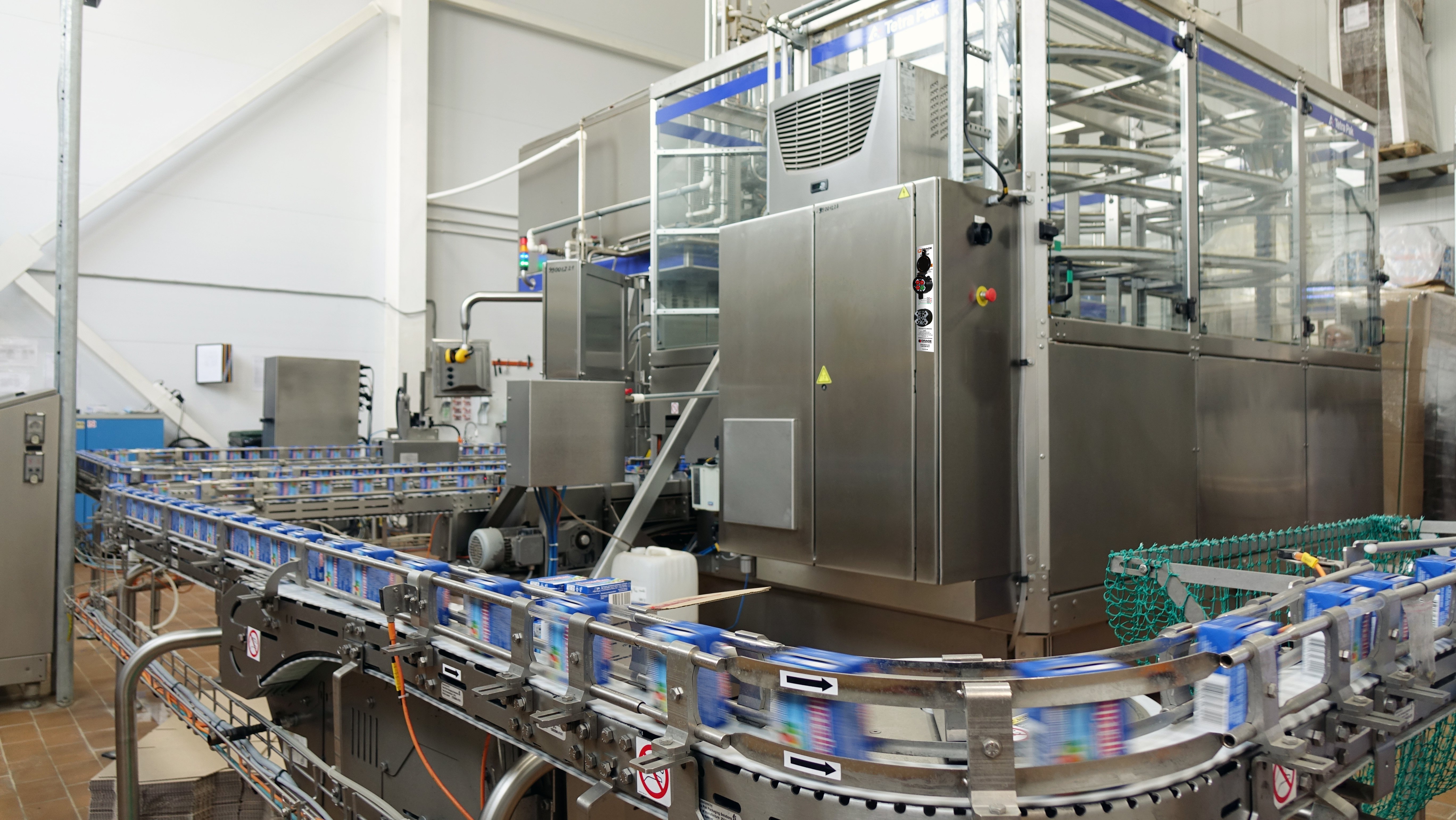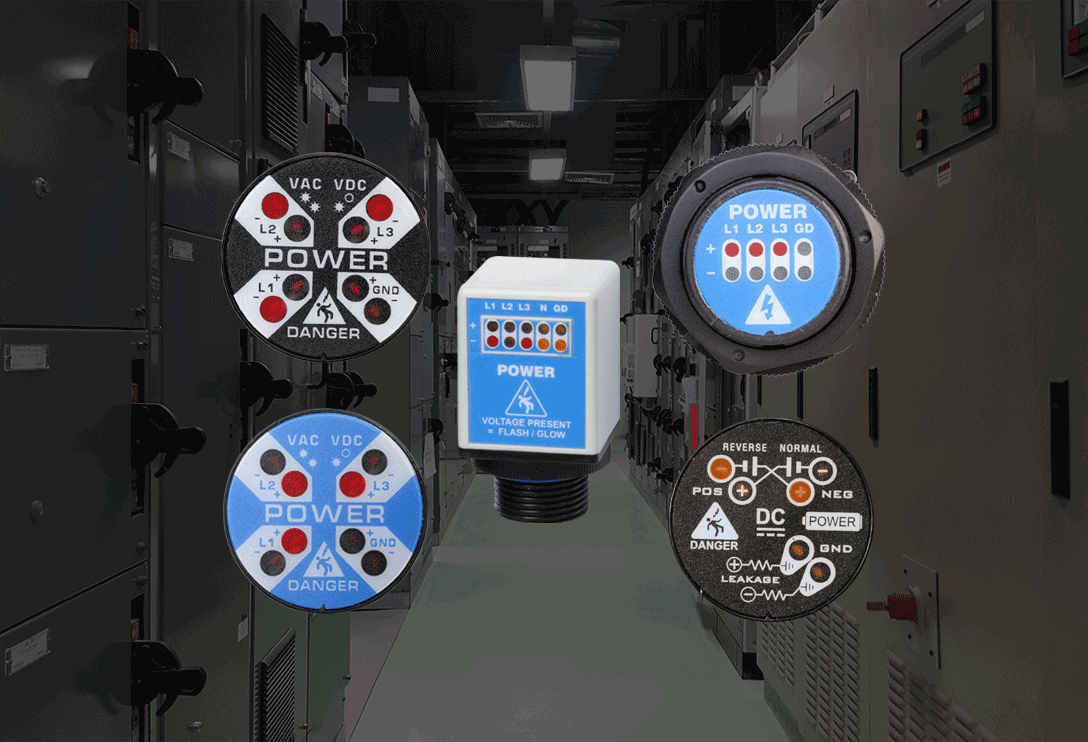How fast-paced work environments and reactive maintenance lead to a higher rate of injuries and OSHA violations, and the role training plays.
Today we're looking at the Food & Beverage industry and how to upgrade Electrical Safety Programs with GracePESDs! In the fiscal year of 2019 (Oct. 1, 2018, to Sept. 30, 2019), fines issued by OSHA totaled $7,171,513 in the food and beverage industry alone. This figure is the total sum of just 1,168 citations. In a food and beverage industry Lockout/Tagout (LOTO) study conducted by the CDC in 2014, they reported that “due to the fast-paced nature with which employees are required to work, injuries are more likely to occur.
When machines go down, the primary goal is to get them back up and running as soon as possible. Unfortunately, this often means maintenance workers don’t take proper steps to de-energize the equipment first.” All leads point to the high demand for uptime and speed of production as determining factors for electrical incidents incurred during LOTO procedures.
In fast-paced work environments, reactive maintenance is often performed while equipment is in an energized state, drastically raising the risk of energy exposure, direct contact, as well as the likelihood of OSHA citations and hefty fines.

Companies must foster a culture that prioritizes the health and safety of their employees over the speed at which they perform to churn a profit. Optimal levels of safety and productivity can be achieved, but there are no shortcuts. But the pacing is not the only contributing factor. Breaking down and analyzing the Control of Hazardous Energy standard will highlight other common pain points, such as Training & Communication.
The most important item to note is that the Training & Communication regulation (CFR 1910.147(c)(7)) is frequently at the top of OSHA’s most-cited violations. Experts are speculating that these numbers will be on the rise for 2020 as employers, with lost revenue amid the pandemic, most frequently cut their training budget early on.
“When revenue goes down, organizations tend to sometimes pull back on training,” said JoAnn Dankert, senior safety consultant at the National Safety Council, in an interview with Safety+Health magazine. “And so I would encourage people not to pull back on your safety training. With some things, we’re struggling within organizations because maybe we’ve done classroom training, but now because of physical distancing and so forth, we don’t want to put too many people in an area. That might mean we’ve got to have more classroom training sessions.”
This is true as it relates to electrical safety and the Control of Hazardous Energy. When training in your Electrical Safety Program, start by looking at the recurring Top Ten most cited OSHA violations related to the Control of Hazardous Energy.
This standard is under OSHA regulation CFR 1910.147 which covers the servicing and maintenance of machines and equipment in which the unexpected energization or startup of the machines or equipment, or release of stored energy, could harm personnel.

Failure to perform proper mechanical or electrical a proper LOTO procedure can lead to electrocution, electrical shock, arc-flash, and other hazards. In addition to huge penalties, these hazards often result in lost time wages, compensation claims, permanent disability, and fatalities. The U.S. Department of Labor from 2011 to 2015 reported an average of 150 fatalities per year in the United States due to “exposure to electricity” and more than 50,000 are injured for disregarding LOTO protocols.
The Bureau of Labor Statistics also reported an average of 2,370 non-fatal electrical injuries a year due to electrical shock and electrical burns in the last decade. Despite the potential for preventing an estimated 150 fatalities and 50,000 injuries each year, LOTO procedures consistently account for one of the most cited OSHA violations each year.
Employers cited under this standard failed to establish an energy control procedure either partially or altogether, while others were cited for failing to provide adequate employee training, failing to conduct periodic evaluations of procedures, and failing to use LOTO devices or equipment.
OSHA’s Regulatory Analysis has proven that for every $1 invested in health and safety, employers can expect a return of $4-$6. An environment that is highly productive and efficient is a culture where employees are safe, secure, and cared for.
According to the U.S. Department of Labor, a safe and healthy workplace not only protects workers from injury and illness, but can also lower injury/illness costs, reduce absenteeism and turnover, increase productivity and quality, and raise overall employee morale. In other words, fostering a safety culture is not just good practice, it is good for business.
The most important place to start is by conducting an audit of your Electrical Safety Program. With new changes implemented into the 2021 Edition of NFPA 70E, there isn’t a more important time to do so. Consider looking into Electrical Safety Program consulting services as they are likely the most up-to-date on all the new standard changes to NFPA 70E.

Voltage indicators provide a consistent reliable presence of voltage indication with their LED lights. However, when the equipment connected to the indicator is turned off, the LED lights go out as well. It should be noted that this indication is not a compliant method for verifying absence of voltage.

Additional steps must be taken before an electrician or maintenance personnel is going to open a cabinet that has been deenergized. That’s where the Safe-Test Point and Voltage Test Station PESDs come into play.
The Safe-Test Point allows qualified personnel to take a metered test at the test points while standing safely outside of the electrical equipment. The end result has proven to reduce procedure times by up to 70% and create a safer working environment.

Additionally, stainless steel housing options are available for the Voltage Test Station to meet the protection needs of Food & Beverage environments. Using PESDs to test for absence of voltage through high-impedance-protected test points will always put your personnel on the safe side of controlling hazardous energy.
And great news for PESDs users: If you have either a Safe-Test Point or R-3W Series voltage indicator, we have an upgrade kit for you!
We have created a special kit for Safe-Test Point and R-3W voltage indicator users that allows for a quick and easy upgrade. With the new EZ-Upgrade Voltage Test Station Kit, you can easily upgrade your standalone Voltage Indicator (R-3W Series) or Safe-Test Point (R-3MT Series) into an all-in-one Voltage Test Station or a labeled combination unit.
Request a sample below and check out the sales flyer for more details!


Date: April 14 | Location: Hershey, PA | Booth Number: #102
Tomorrow, we will be exhibiting at Schaedler Yesco Expo in Hershey, PA. Stop by for an in-person demonstration of our GracePort+ HMI protective covers and more of our solutions! The gentleman in the video above will be there in person to tell you all about how Grace Technologies is making maintenance safer, smarter, and more productive!




